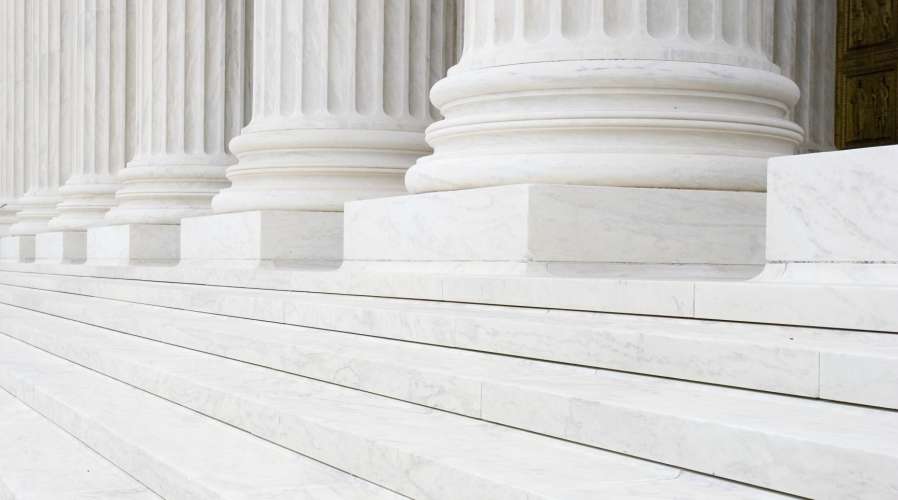Background
The Applicants in this case were the trustees in bankruptcy (Trustees) of Mr Djurberg, who was the First Respondent (Bankrupt). The Trustees brought an application seeking delivery up of after-acquired property against the Bankrupt, the son of the Bankrupt and four other respondents.
The after-acquired property in question was £217,990.71 (Funds) paid by a buyer of the property that the Bankrupt and the son occupied (Settlement Property), pursuant to the terms of a settlement agreement which had been entered into in the context of possession proceedings. The Funds were paid to a bank account held by the son and then quickly paid onto four other third parties, being the four other respondents in this case.
The Trustees carried out investigations and took the view that the Bankrupt was the beneficial owner of the Funds, on the basis that (i) the Bankrupt had been the sole registered proprietor and beneficial owner of the Settlement Property, and (ii) almost all of the Funds had been dissipated within a matter of days, with a large amount being used to pay the Bankrupt's rent.
As a result, the Trustees served a notice pursuant to section 307 of the Act on the Bankrupt, informing him that the Funds vest in them as part of the bankruptcy estate (307 Notice). They also obtained proprietary freezing injunctions against the other four respondent recipients and sought declaratory relief from the Court as to the Funds being after-acquired property and orders for the delivery up of the same.
The Court's decision
As in most bankruptcy related proceedings, the evidence before the Court in support of the Trustees' case was limited. Despite this, the Court did not accept the position of the Bankrupt and his son that the son was beneficially entitled to the whole of the Funds. It was the lacking and poor-quality evidence advanced by respondent that led the Court to find that the son had no basis for entitlement to the Funds or making the various payments to the other respondents.
The Court concluded that, on the balance of probabilities, the Trustee's had proven by reliance on the key facts (as mentioned above) that the Bankrupt was the beneficial owner of the Funds and they were therefore after-acquired property that vested in the Trustees. The 307 Notice was validly served within the 42-day window from when the Trustee's first had knowledge that the Funds had been acquired, in accordance with section 309 of the Act. As such, pursuant to section 307(3) of the Act, the Funds were found to have vested in the Trustees upon delivery of the 307 Notice.
The Court also rejected the rebuttal position per section 307(4) of the Act that the Funds were received by the Respondents in good faith, for value and without notice of the bankruptcy of the Bankrupt. It was found that the son did know about the bankruptcy of his father at the time he received payment of the Funds and it was highly likely that the other respondents were aware of the bankruptcy of at this time as well. In any event, no evidence had been put before the Court to satisfy it that any of the respondents had provided value for receipt the Funds.







